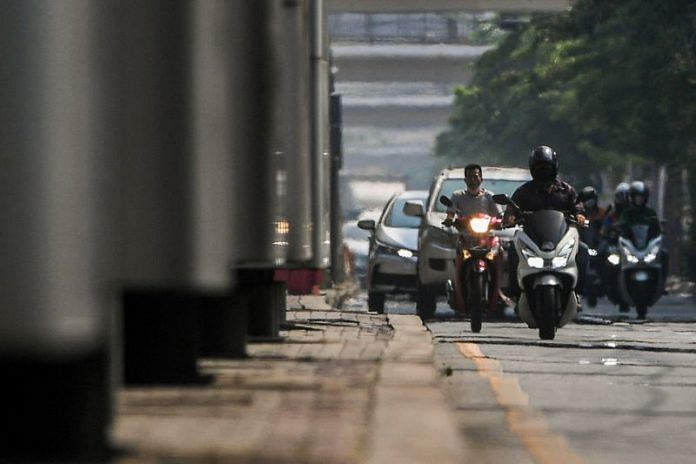Singapore: Record-breaking heatwaves that hit large parts of South and Southeast Asia in April were made “30 times more likely” as a result of human-induced climate change, an international team of scientists said on Wednesday.
The region saw temperatures in excess of 40 degrees Celsius (104 Fahrenheit) last month, with Bangladesh at its hottest in 50 years, Thailand registering a record 45C and Laos exceeding 42C, causing widespread infrastructure damage and power shortages as well as a spike in heat stroke cases.
A team of scientists with the World Weather Attribution group studied heat and humidity levels in parts of India and Bangladesh, as well as Thailand and Laos, and concluded that they were at least 2C hotter as a result of underlying climate change, which has seen average global temperatures rise 1.2C since 1900.
Humid heatwaves that used to happen once a century in Bangladesh and India are now expected to occur every five years, while the heat in Thailand and Laos would have been “virtually impossible” without climate change, the scientists said.
“The heatwaves were not natural,” said Chaya Vaddhanaphuti, a team member from Chiang Mai University in Thailand, during a media briefing on Wednesday.
“Unless we take drastic measures to reduce carbon emissions, heatwave events like this will continue to become more common,” he said.
The study showed that in some parts of the region the estimated heat index – which factors in humidity – was close to the “extremely dangerous” level of 54C, posing considerable health risks throughout South and Southeast Asia.
While some parts of the region have put “heat action plans” in place to provide emergency health care and water or shut down schools, others are ill-prepared and have limited access to the resources needed to cope with extreme temperatures, it said.
It remains unclear how many fatalities resulted from the April heatwaves, but extreme temperatures in India have caused at least 24,000 deaths since 1992, with 90% of the country’s total area situated in heat “danger zones”, scholars said last month.
(Reporting by David Stanway; Editing by Kim Coghill)
Disclaimer: This report is auto generated from the Reuters news service. ThePrint holds no responsibilty for its content.



